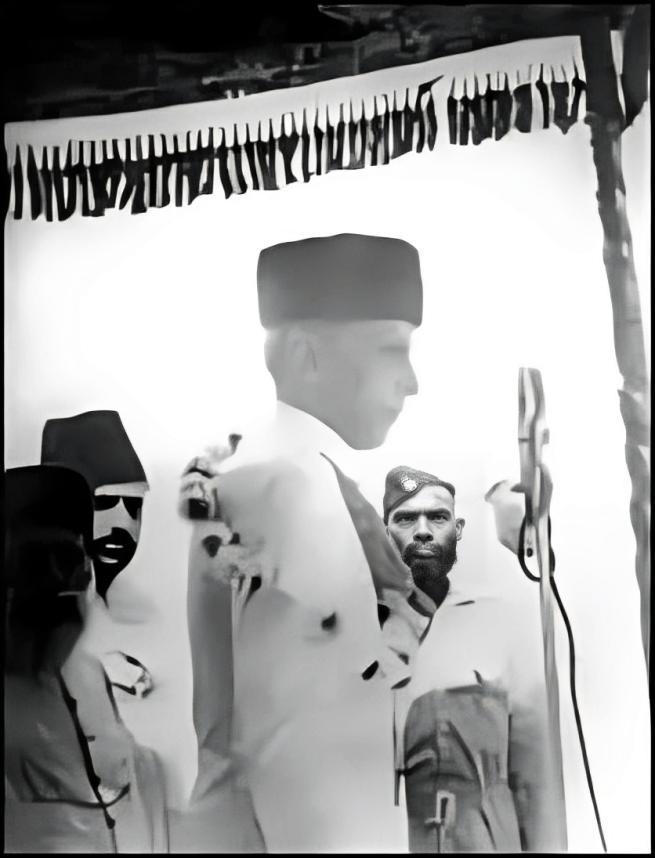With the failure of the Simla Conference, Lord Wavell announced that the Central and Provincial Legislature elections would be held in the winter of 1945, after which a constitution-making body would be set up. He also announced that after the elections, the Viceroy would set an Executive Council that would have the support of the main Indian political parties. Both the Muslim League and the Congress opposed the proposal.
Quaid-i-Azam declared that Muslims were not ready to accept any settlement less than a separate homeland for them and the All India Congress Committee characterized the proposal as vague, inadequate and unsatisfactory because it had not addressed the issue of independence. Despite this, the two parties launched huge election campaigns. They knew that the elections would be crucial for the future of India, as the results were to play an important role in determining their standing. The League wanted to sweep the Muslim constituencies so as to prove that they were the sole representatives of the Muslims of Sub-continent, while Congress wanted to prove that, irrespective of religion, they represent all the Indians.Both the Muslim League and the Congress promulgated opposite slogans during their campaigns. The Muslim League presented a one-point manifesto “if you want Pakistan, vote for the Muslim League”. Quaid-i-Azam himself toured the length and breadth of India and tried to unite the Muslim community under the banner of the Muslim League.
The Congress on the other hand stood for United India. To counter the Muslim League, the Congress press abused the Quaid and termed his demand for Pakistan as the “vivisection of Mother India”, “reactionary primitivism” and “religious barbarism”. Congress tried to brand Muslim League as an ultra-conservative clique of knights, Khan Bahadurs, toadies and government pensioners. The Congress also tried to get the support of all the provincial and central Muslim parties who had some differences with the League, and backed them in the elections.
Elections for the Central Legislature were held in December 1945. Though the franchise was limited, the turnover was extraordinary.
The Congress was able to sweep the polls for the non-Muslim seats. They managed to win more then 80 percent of the general seats and about 91.3 percent of the total general votes. The Leagues performance, however, was even more impressive: it managed to win all the 30 seats reserved for the Muslims. The results of the provincial election held in early 1946 were not different. Congress won most of the non-Muslim seats while Muslim League captured approximately 95 percent of the Muslim seats.

In a bulletin issued on January 6, 1946, the Central Election Board of the Congress claimed that the election results had vindicated the party as the biggest, strongest and the most representative organization in the country. On the other hand, the League celebrated January 11, 1946, as the Day of Victory and declared that the election results were enough to prove that Muslim League, under the leadership of Quaid-i-Azam, was the sole representative of the Muslims of the region.
This article was last updated on Sunday, June 01, 2003






